
Kevin Edwards, Assoc. Prof.
About us

The Edwards Lab studies basic processes in molecular, cellular, and developmental biology that are linked to cancer, muscular dystrophy, and other human diseases. We primarily use the Drosophila melanogaster (fruit fly) model system, since much of the cancer-related cell machinery is highly conserved from flies to humans. We also work to expand molecular genetic and imaging technologies that are applicable to diverse organisms, and to provide microscopy services to Illinois Sate University and the regional community.
If you would like more information, please email Kevin Edwards.
Information about our confocal microscopy core facility is here.
Giving: your contribution will support student research and training!
Edwards Lab Research
Click for an overview of our research.
Recent projects include the investigation of the structure and function of tyrosine phosphatase Pez (PTPN14/PTPN21), development of the Hostile takeover (Hto) inducible protein trapping system, and characterization of the Muscular Dystrophy protein Dystrophin.
Edwards videos discussing our confocal imaging system are here.
Images


Edwards Lab group photos
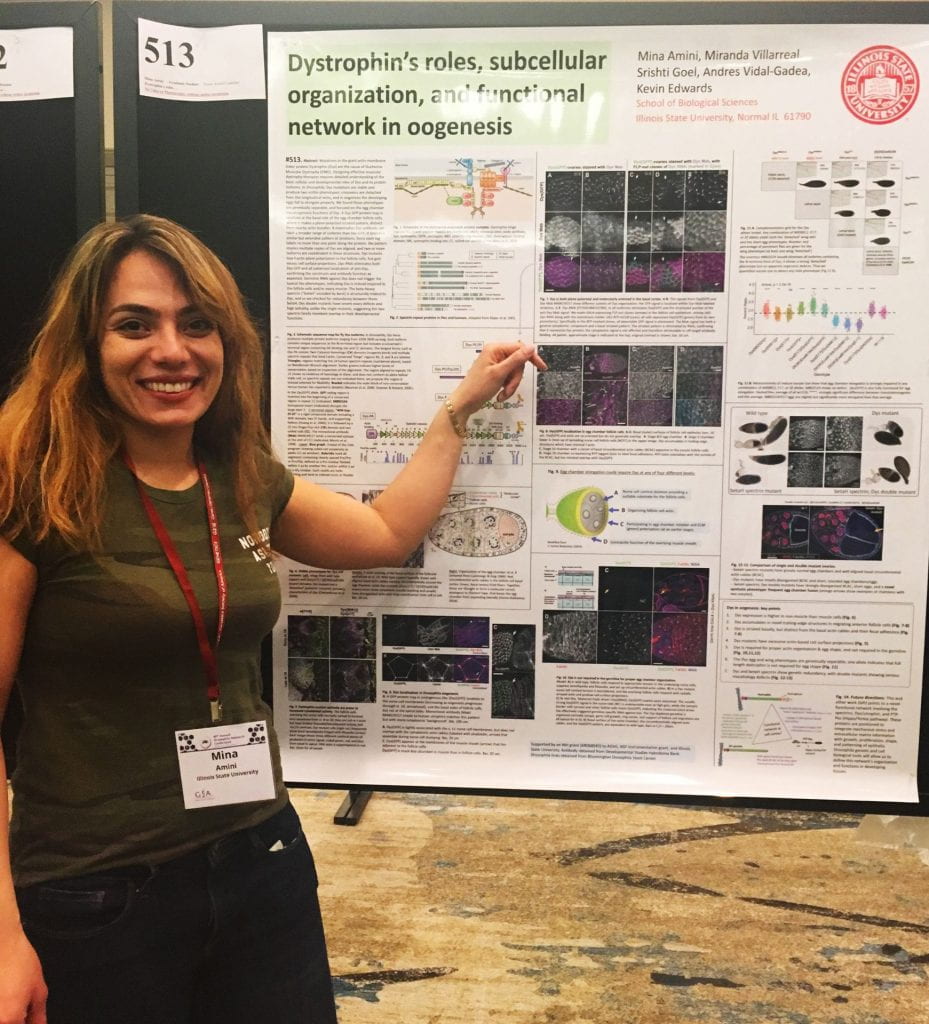


Image from Edwards & Whitman labs chosen for the Life: Magnified exhibit, and Image of the Day at The Scientist
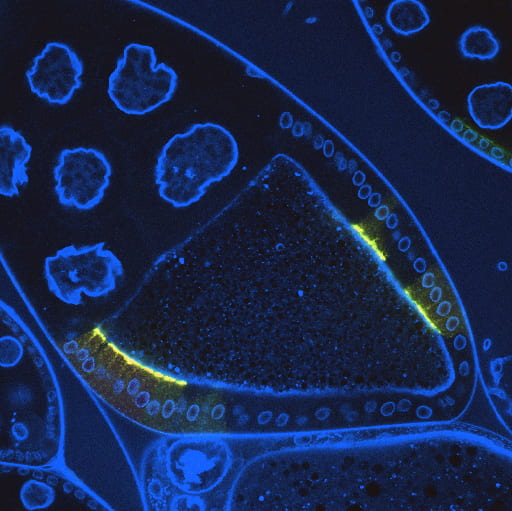
Hto Project: Colocalization of a fragment of Nuclear fallout protein with its partner Rab11. See Singari et al. 2014.

See Hto Project web pages for phenotypes and localizations.

Olympus BioScapes honorable mention.
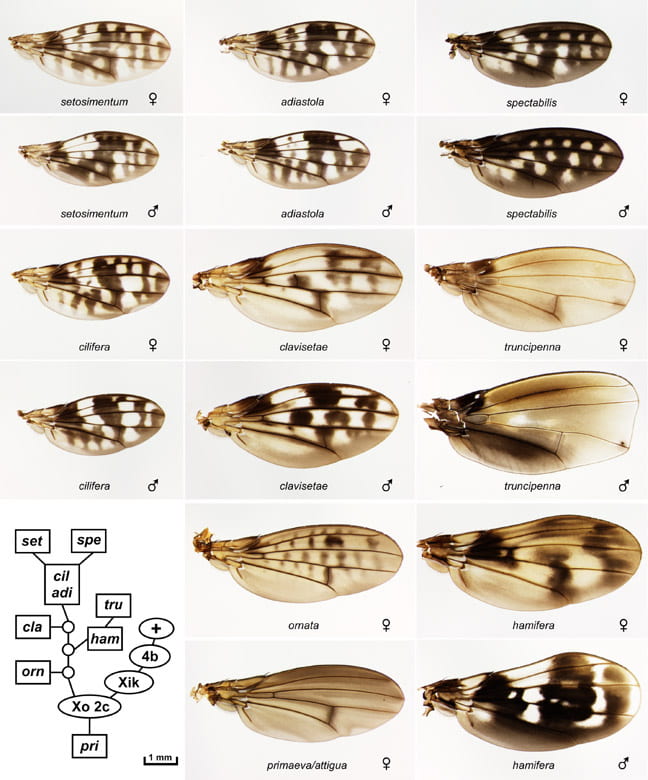
Diversity of Hawaiian Drosophila species: See Edwards et al 2007.
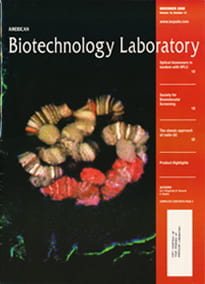
Edwards cover image, from Nikon Small World competition.
Recent publications
Click for Kevin Edwards’ full bibliography.
Javeed N, Tardi NJ, Maher M, Singari S, Edwards KA. 2015. Controlled expression of Drosophila homeobox loci using the Hostile takeover system. Developmental Dynamics 244:808-825. [Cover article] [PMID:25820349]
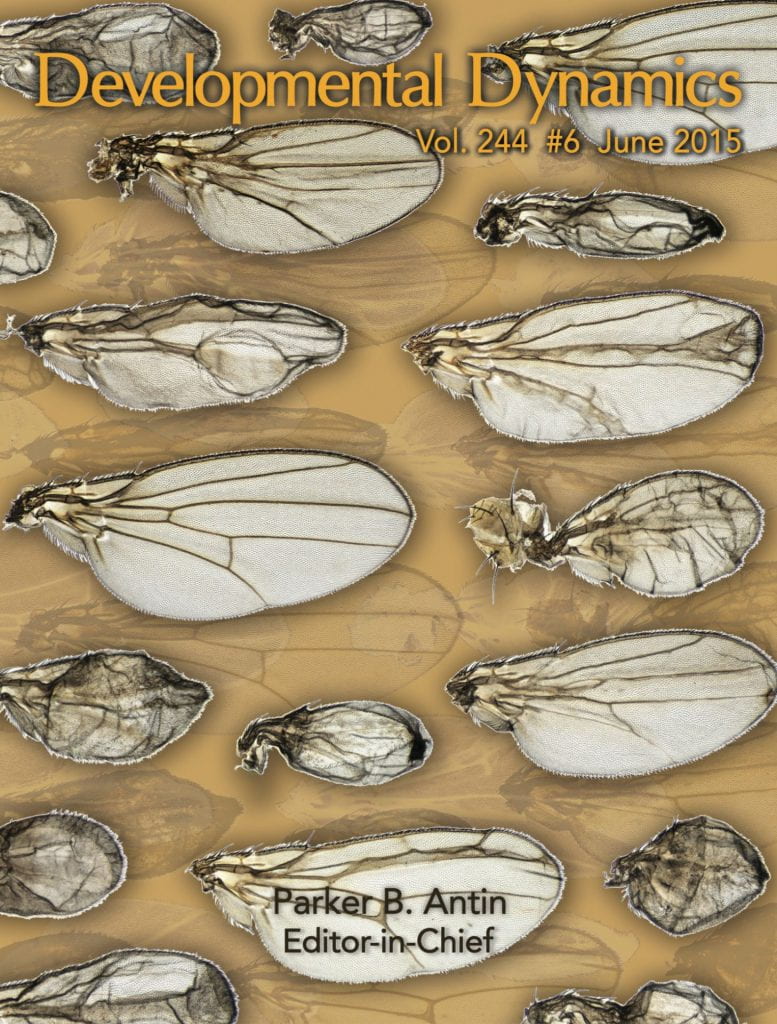
Singari S, Javeed N, Tardi NJ, Marada SK, Carlson JC, Kirk S, Thorn JM, Edwards KA. 2014. Inducible protein traps with dominant phenotypes for functional analysis of the Drosophila genome. Genetics 196:91-105. [featured in Jan. Issue Highlights] [PMID: 24172131]

Guarner A, Manjón C, Edwards K, Steller H, Suzanne M, Sánchez-Herrero E. 2014. The zinc finger homeodomain-2 gene of Drosophila controls Notch targets and regulates apoptosis in the tarsal segments. Developmental Biology 385:350-365. [PMID:24144920]
Perea D, Molohon K, Edwards K, Díaz-Benjumea FJ. 2013. Multiple roles of the gene zinc finger homeodomain-2 in the development of the Drosophila wing. Mechanisms of Development 130:467-81. doi: 10.1016/j.mod.2013.06.002. [PMID:23811114]

Tardi NJ, Cook ME, Edwards KA. 2012. Rapid phenotypic analysis of uncoated Drosophila samples with low-vacuum scanning electron microscopy. Fly (Austin) 6:184-192. http://dx.doi.org/10.4161/fly.20525. [Cover article][PMID:22722327]

Gummalla M, Maeda RK, Castro Alvarez JJ, Gyurkovics H, Singari S, Edwards KA, Karch F, Bender, W. 2012. abd-A regulation by the iab-8 noncoding RNA. PLoS Genetics 8(5):e1002720. doi:10.1371/journal.pgen.1002720. [PMID:22654672]
Poernbacher I, Baumgartner R, Marada SK, Edwards K, and Stocker H. 2012. Drosophila Pez acts in Hippo signaling to restrict intestinal stem cell proliferation. Current Biology 22:389-96. doi: 10.1016/j.cub.2012.01.019 [PMID:22305752]
More images

Low vacuum SEM of sex comb on male Drosophila foreleg (Tardi et al. 2012)
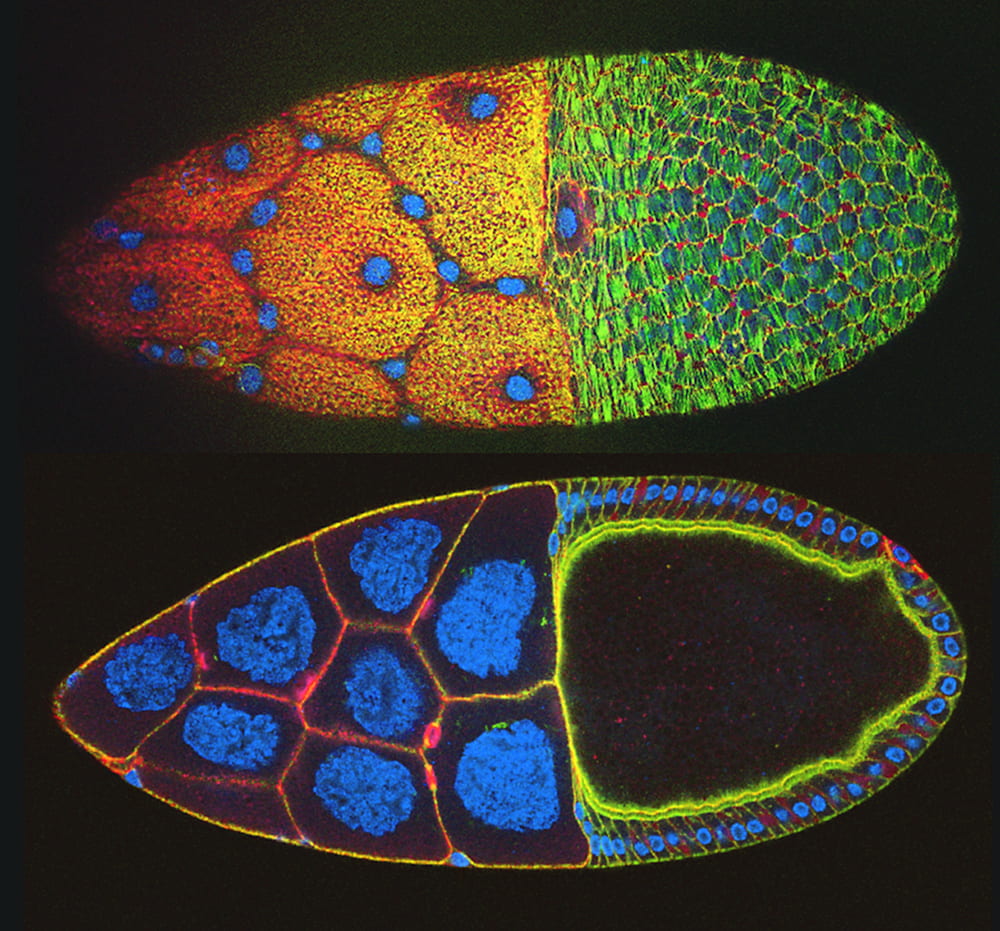
Olympus BioScapes honorable mention.
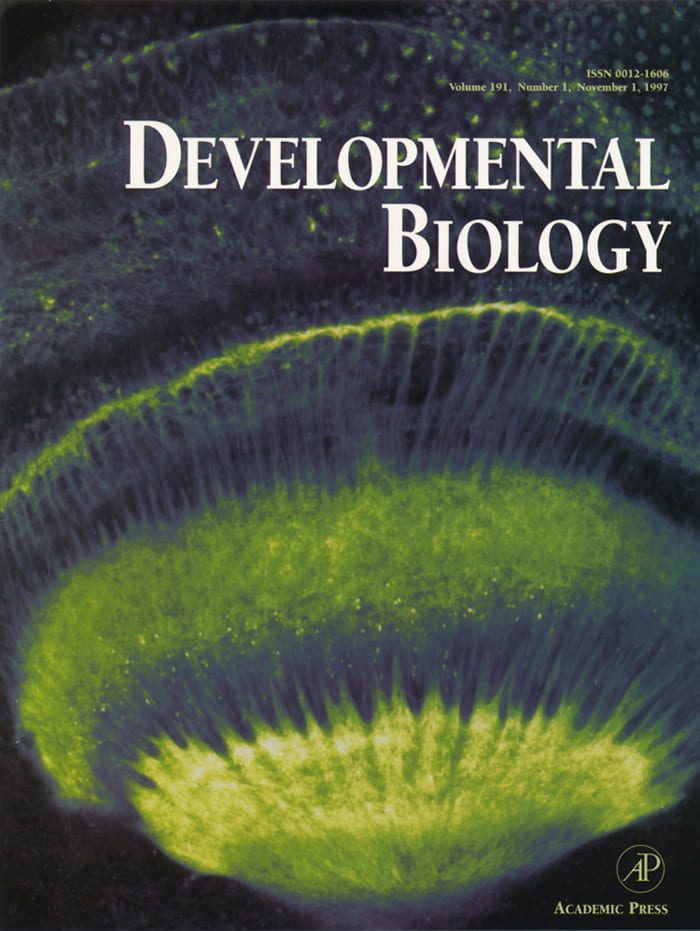
GFP-Moesin cover, 1997.